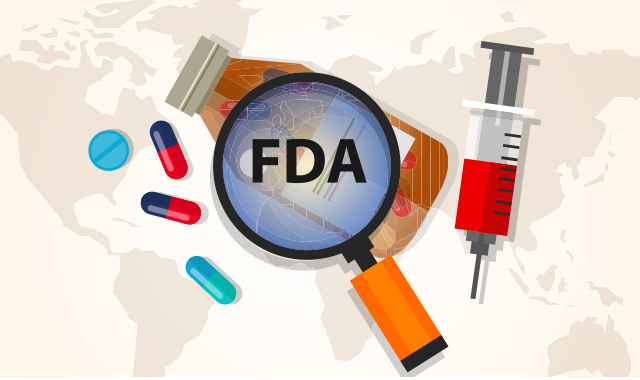FDA Approves Ferric Derisomaltose Injection for Iron Deficiency Anemia
Officials with the FDA have approved ferric derisomaltose (Monoferric, Pharmacosmos Therapeutics Inc.) injection 100 mg/mL.

Officials with the FDA have approved ferric derisomaltose (Monoferric, Pharmacosmos Therapeutics Inc.) injection 100 mg/mL, according to a press release. Ferric derisomaltose is an intravenous iron for the treatment of iron deficiency anemia (IDA) in adult patients.
Patients who have an intolerance to oral iron or have had unsatisfactory response to oral iron, or who have non-hemodialysis dependent chronic kidney disease, may be eligible for this treatment.
This approval is based on safety and efficacy data from 2 clinical trials which included 3050 patients with IDA of different etiologies. The first trial (FERWON-IDA) included patients with IDA who had intolerance to oral iron or who had unsatisfactory response to oral iron or for whom there was a clinical need for rapid repletion of iron stores. The second trial, known as FERWON-NEPHRO, included patients with IDA who had non-dialysis dependent chronic kidney disease. For both trials, patients were randomized to treatment with ferric derisomaltose or iron sucrose over 8 weeks. Ferric derisomaltose was intravenously administered as a single dose of 1000 mg.
In FERWON-IDA, non-inferiority was demonstrated for change in Hb from baseline to week 8. Patients in both arms of this study experienced a mean change in hemoglobin of 2.49 g/dL from baseline to week 8. These increases were statistically significant.
In FERWON-NEPHRO, patients receiving ferric derisomaltose experienced a mean increase in hemoglobin from baseline to week 8 of 1.22 g/dL, and patients treated with iron sucrose experienced a mean increase in hemoglobin from baseline to week 8 of 1.14 g/dL. Based upon these results, non-inferiority was confirmed.
Adverse effects (AEs) in both trials were reported in 8.6% of patients treated with ferric derisomaltose, with the most common AEs being nausea and rash, according to the studies.
References:
- Monoferric® (ferric derisomaltose) injection is approved by the US FDA for the treatment of iron deficiency anemia [news release]. BioSpace’s website. https://www.biospace.com/article/releases/monoferric-ferric-derisomaltose-injection-is-approved-by-the-us-fda-for-the-treatment-of-iron-deficiency-anemia/. Accessed January 29, 2020.